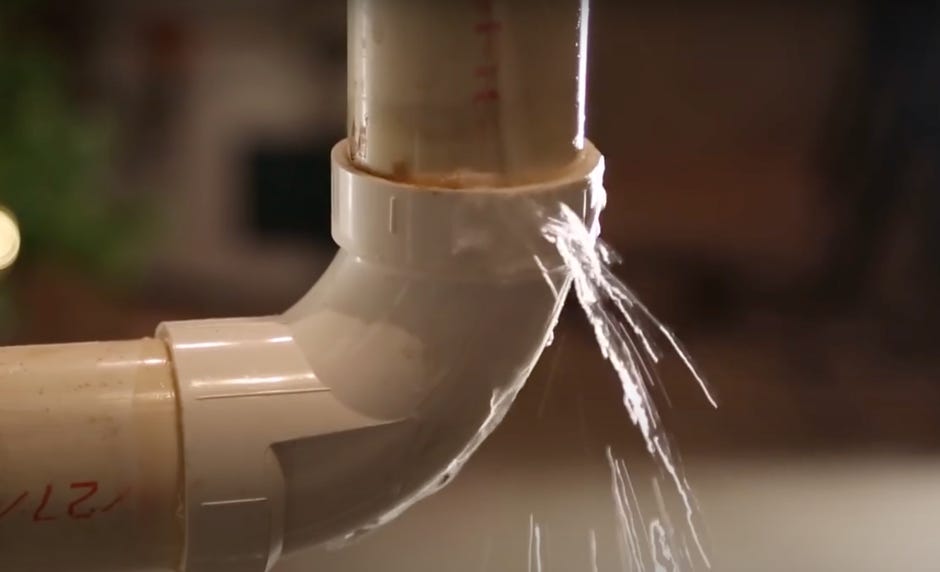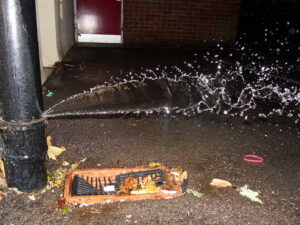Responding To Water Pipe Burst Flood Damage - Proven Methods
Responding To Water Pipe Burst Flood Damage - Proven Methods
Blog Article
The article author is making a few good points on Water Damage Restoration Do s And Don t in general in the content beneath.

What should you do if a pipes bursts in your residence? Do you desire a mini-waterfall and flooding in an area of your residence? If you find yourself in this circumstance, you must act fast. The longer you wait, the a lot more serious the damage that can occur to your residential or commercial property. The clearheadedness is key in these occasions. For these reasons, you require to learn exactly how to act in case of a burst pipes. Because time is of the significance, examine out the complying with pointers listed below to help you act quickly.
Shut down the Key Waterline Valve
The first thing to do? Shut the shut-off shutoff. Seek the regional shut-off shutoff to shut off the water in one specific location just. Go for the main water line valve and also turn it off if you don't recognize where the local shut-off valve is. This action will cut off the water instantly in your entire residence. Typically, the major shutoff is found outside the residence next to the water meter. If it's not there, you can also locate it in two locations: in the cellar at eye level or the first floor on the ground. Commonly, building contractors placed the shut-off shutoff generally ground level restroom or ideal beside it.
Call Water Damage Reconstruction Pros for Assistance
After closing the water source, call the specialists for assistance. With their expert assistance, you can protect against much larger water damage consisting of deformed baseboards, loose ceramic tiles, or harmed frameworks.
Document the Damage For Insurance policy
While you're waiting for the pros to show up, obtain some paperwork of the damage caused by the wayward pipeline. Do close-up shots of the harmed belongings and places.
Salvage Things That Can Be Conserved
Check out the damaged products and also take out the most crucial ones from the pile when you're done taking images. Dry them off in a dry/warm location far from the damaged area as well as try to protect them as high as you can. Drag as much dampness as you can to the product so it can start to dry.
Beginning the Drying Refine
You require to begin the drying process immediately. Luckily, the water from your waterlines is already clean so you don't need to bother with sewage system water. Nevertheless, the streaming water may have interrupted the dust and also debris in your floorboards as well as carpetings. In this case, placed some gloves on and begin some damage control. Usage pails to unload out the water. Remove as much water as you can from the surfaces with old towels. Switch on an electrical follower or open your home windows to promote air circulation. These actions will speed up to completely dry and prevent mold and mildew and mildew growth.
Specialists are the only individuals certified to examine correctly as well as deal with the burs pipes and subsequent damages. They usually give quiet red flags like gurgling paint, water discolorations.
What should you do if a water pipeline bursts in your home? For these reasons, you need to learn just how to act in the occasion of a ruptured water pipeline. After shutting the water source, call the professionals for help. With their expert aid, you can protect against a lot bigger water damage including deformed walls, loosened ceramic tiles, or damaged frameworks. Luckily, the water from your waterlines is already clean so you do not have to worry about sewage system water.
How to Handle a Burst Pipe and Minimize Damage
Steps to Take Ahead of Time
If you own property in an area that experiences cold weather, you need to be aware of seasonal maintenance tasks that will help you protect your property as the weather changes each year. One of the most important steps is to winterize your pipes to ensure they won't freeze or burst when the temperature drops. This includes action items like insulating any exposed pipes, detaching garden hoses and covering outdoor faucets. If the weather gets cold enough, you may even consider leaving a faucet dripping or opening cabinet doors during the coldest parts of the day.
No matter how prepared you might be, accidents and emergencies still happen. You'd be wise to set up a savings account specifically for your property so you have a "rainy day" fund set aside for unexpected expenses. All homes regardless of age, location or condition will inevitably need some form of emergency repair.
Steps to Take for Frozen Pipes
A frozen pipe will not necessarily burst, so if you can catch a frozen pipe early on, you could save yourself a major headache. When your area experiences frigid temperatures, be sure to check your plumbing and keep an eye out for warning signs like faucets only releasing small amounts of water or toilets not refilling when flushed. If you do run into one of these issues, you're likely dealing with a frozen pipe.
If this happens, your first step should be to cut off the water supply to that section of the plumbing. Expanding and freezing water can quickly cause damage. Even if the water supply is shut off, you will likely still deal with some leaking from the water that defrosts after the pipe has thawed. Be prepared with a mop, bucket and/or towels to quickly soak up any excess water.
In order to thaw a frozen pipe, you can use a space heater, infrared or incandescent heat lamp, or even a hairdryer to warm up the frozen area. Heat tape is also an option and should be used according to manufacturer instructions. Do not use any sort of open flame to thaw frozen pipes, as it poses a major fire hazard and can damage your pipes further.
Steps to Take for a Burst Pipe
Water damage claims are the second most common insurance claim in the U.S. When you're dealing with a frozen pipe, the water continues to expand as it freezes, which creates pressure that can cause a pipe to burst. When this happens, the crack or leak in the pipe allows water flow from the pipe to enter your home where it shouldn't. If a pipe does burst, you need to act quickly to mitigate property damage and repair cost.
Your very first step should be to shut off your main water supply to minimize flooding typically the most expensive damage to address. Once you've shut off the water supply, make sure you identify the entire area that has been impacted by the leak. Remove as much water as possible as quickly as possible using a mop, sponges, towels or a shop vacuum or wet/dry vacuum. To prevent long-term damage due to moisture build-up, run a dehumidifier or fan in the affected area. Contact a licensed plumber to ensure the pipe is correctly repaired before running any water to that section of the home again. Burst pipes and the associated water damage are something you absolutely want to avoid as a property owner. If you've had to learn your lesson the hard way, don't let yourself get caught in a similar situation during the next spell of cold weather. The best way to deal with frozen or burst pipes is to prevent them in the first place proactive winter maintenance will save you time, money and a whole lot of stress.

I'm very taken with Water Damage: Tips On What To Do When Your House Is Flooded and I am assuming you liked the entire blog post. Don't hesitate to set aside a second to distribute this blog if you enjoyed reading it. Thank you so much for going through it.
Got a leak? Call! Report this page